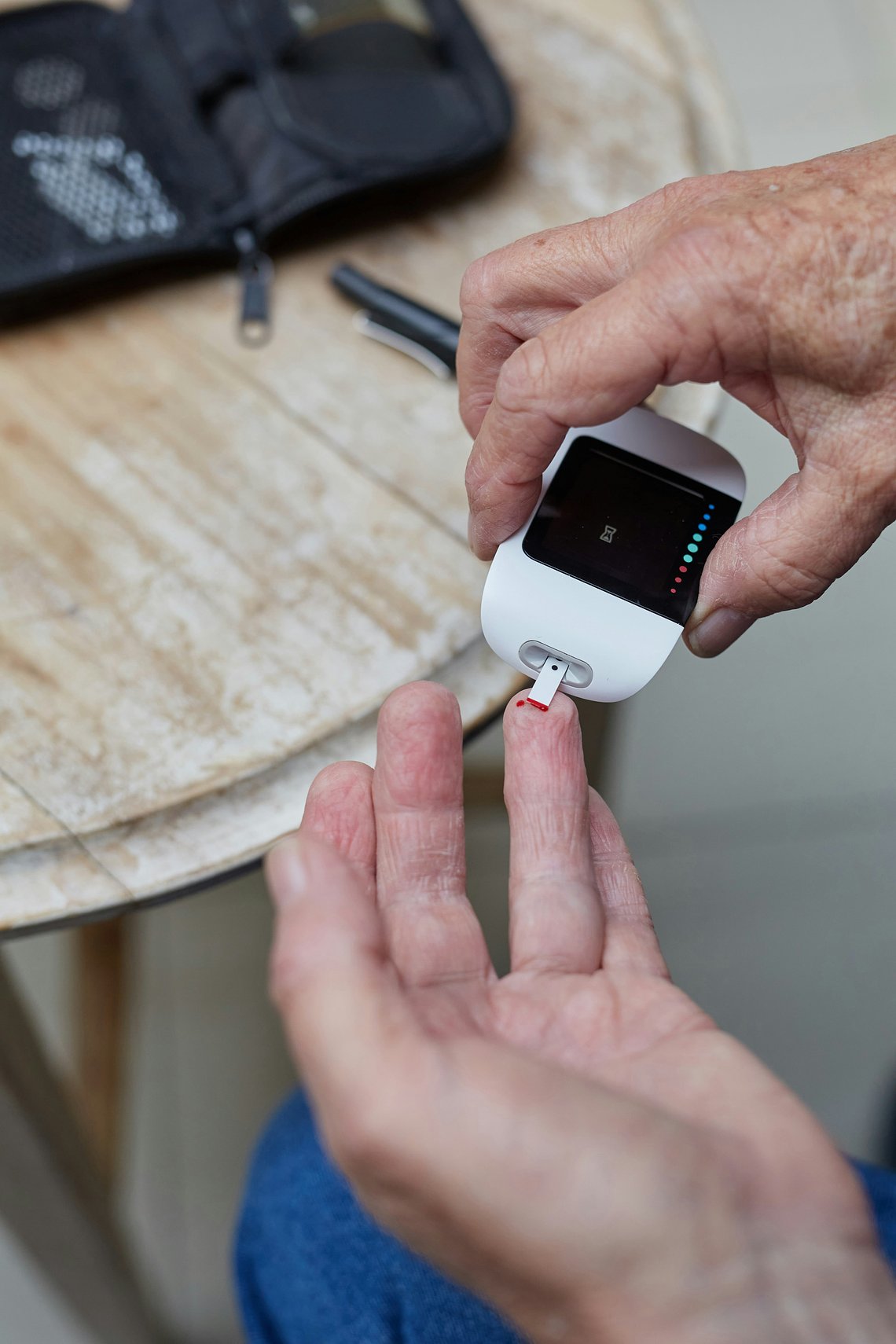Sauna and Diabetes: Heat as a Support for Blood Sugar Balance and Prevention
Sauna bathing has been a part of wellness routines for centuries, offering relaxation and stress relief. For people with diabetes, emerging evidence suggests that sauna use may offer additional benefits for blood glucose management, both for those already living with diabetes and those aiming to prevent it.

Posted on Fri 30 May 2025 · by Danny
Understanding Insulin, Glucose, and Diabetes
Glucose is the body’s main energy source, entering the bloodstream after eating. Insulin, a hormone made by the pancreas, enables glucose to enter cells. Without enough insulin—or if cells resist its effects—glucose builds up in the bloodstream.
Type 1 diabetes: The pancreas produces no insulin. People require insulin injections to manage blood glucose.
Type 2 diabetes: The body resists insulin’s effects or doesn’t produce enough. This is often linked to lifestyle factors but can be improved with interventions.
When glucose isn’t effectively absorbed into cells, it leads to persistently high blood sugar levels, increasing the risk of long-term complications.
Sauna’s Role in Blood Glucose Management
Improved Insulin Absorption (Type 1)
A study published in the British Medical Journal (Siltanen & Huttunen, 1984) found that sauna use significantly increased insulin absorption—by more than 100%—in people with Type 1 diabetes. Participants experienced a rapid drop in blood glucose (about 3 mmol/L) after sauna sessions at 85°C, making injected insulin work more effectively.
Enhanced Insulin Sensitivity (Type 2 and Prevention)
For those with Type 2 diabetes or at risk of developing it, regular sauna use can improve how the body responds to insulin. Heat exposure relaxes blood vessels, boosts circulation, and activates cellular mechanisms that enhance glucose uptake. This process mirrors some benefits of moderate exercise and may contribute to preventing diabetes by improving insulin sensitivity and reducing the body’s resistance to insulin.
Additional Benefits
Saunas promote stress reduction and cardiovascular health—both essential for managing diabetes. Stress hormones such as cortisol can increase blood sugar levels, while improved circulation supports heart health, reducing the risk of cardiovascular complications common in diabetes.
Long-Term Risks of Poorly Managed Blood Glucose
When diabetes is not well controlled, chronic high blood sugar can cause:
Cardiovascular disease (heart attack, stroke, poor circulation)
Kidney damage (nephropathy)
Nerve damage (neuropathy)
Eye damage (retinopathy)
Foot problems (ulcers, infections, amputations)
Skin issues and gum disease
Maintaining healthy glucose levels is key to preventing these complications.
Precautions for Sauna Use with Diabetes
Monitor blood glucose before and after sessions, especially for those using insulin.
Hydrate well before and after sauna use to avoid dehydration, which can raise blood glucose levels.
Time sauna sessions away from recent insulin injections to prevent rapid absorption and hypoglycemia.
Limit session duration to 15–20 minutes to avoid cardiovascular strain.
Inspect feet after sauna use, especially for those with neuropathy.
Consult a healthcare provider before regular sauna use, particularly if there are existing complications.
Conclusion: Sauna as a Support for Management and Prevention
For people with Type 1 diabetes, sauna use can increase insulin absorption and improve short-term glucose control. For those with Type 2 diabetes or those at risk, regular sauna use may improve insulin sensitivity and reduce insulin resistance, supporting diabetes prevention and overall metabolic health. With proper precautions, sauna bathing can be a valuable addition to a diabetes management and prevention strategy.
ReferenceSiltanen, P., & Huttunen, J. (1984). Increased insulin absorption and decreased blood glucose levels in insulin-dependent diabetics during sauna. British Medical Journal (Clinical Research Edition), 288(6423), 1411–1413. Available at: https://pmc.ncbi.nlm.nih.gov/articles/PMC1601709/pdf/brmedj00024-0023.pdf